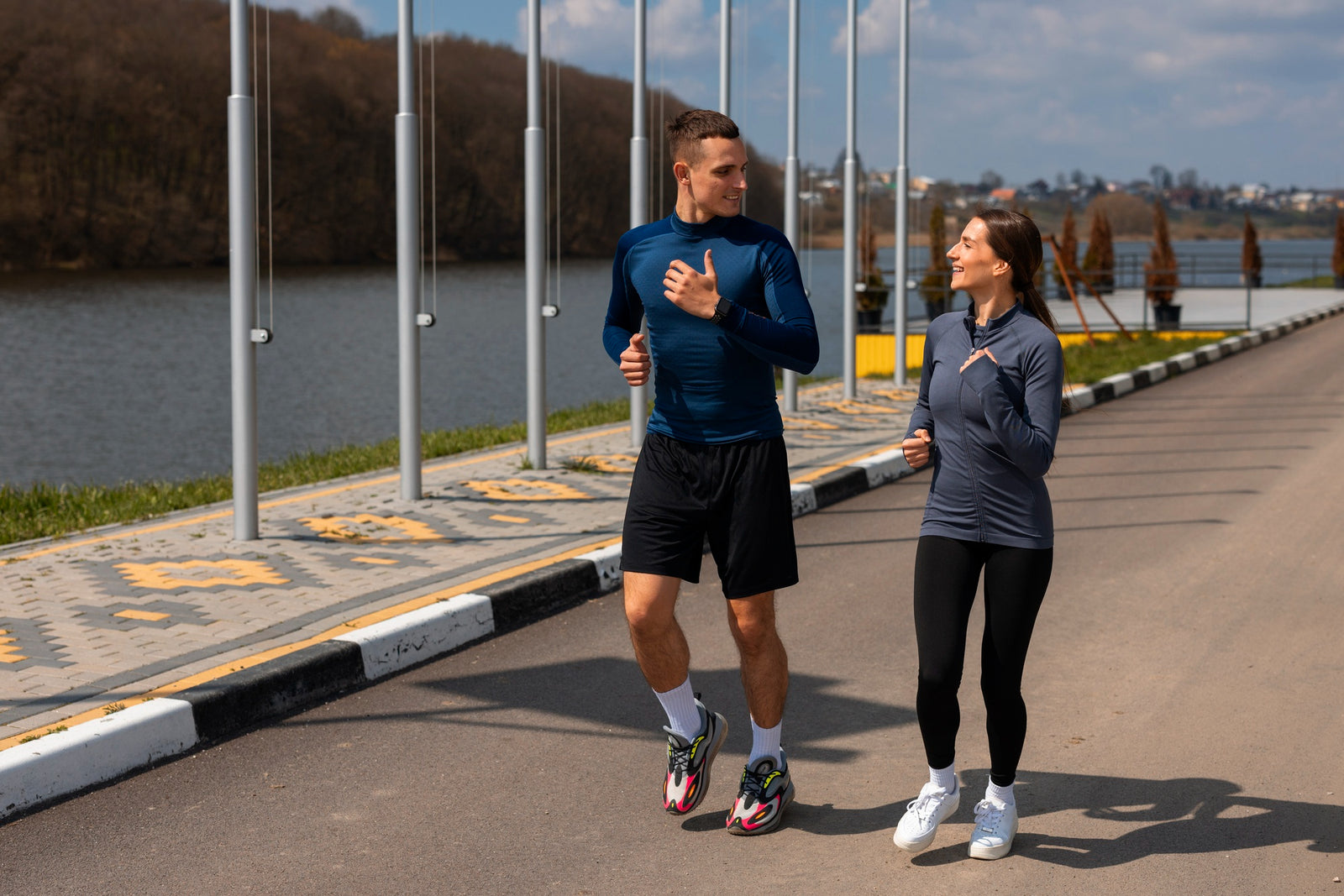How to Get Started with Walking Workouts: An Absolute Beginner’s Guide

Walking is one of the simplest and most accessible forms of exercise, yet its benefits are numerous and profound. Whether you're looking to improve your cardiovascular health, manage your weight, or simply enjoy the outdoors, walking workouts provide an excellent starting point for people of all fitness levels. This absolute beginner’s guide will walk you through the basics of getting started with walking workouts, from setting realistic goals to staying motivated along the way.
1. Setting Realistic Goals
Setting realistic goals is the first step to success in any fitness journey, and walking workouts are no exception. Begin by considering your current level of fitness and any specific health goals you hope to achieve through walking. Whether you aim to walk for a certain amount of time each day or gradually increase your walking speed and distance, setting achievable goals will help you stay motivated and track your progress over time.
Start by setting small, attainable goals that you can build upon as your fitness improves. For example, if you're new to walking, you might start with a goal of walking for 10 minutes each day and gradually increase the duration by 5-minute increments as you become more comfortable. Additionally, consider setting goals related to frequency, such as aiming to walk at least three times per week, to establish a consistent exercise routine.
2. Choosing the Right Equipment

One of the great things about walking workouts is that they require minimal equipment, making them accessible to almost everyone. However, investing in a few key pieces of gear can enhance your comfort and enjoyment while walking. The most important piece of equipment for walking workouts is a good pair of walking shoes that provide adequate support and cushioning for your feet.
When choosing walking shoes, look for a pair that fits well and feels comfortable from the moment you put them on. Visit a speciality athletic shoe store where knowledgeable staff can help you find the right shoes for your feet and walking style. In addition to shoes, consider wearing moisture-wicking clothing that will keep you dry and comfortable during your walks, especially if you'll be walking outdoors in varying weather conditions.
3. Starting Slowly and Gradually Increasing Intensity
As with any form of exercise, it's important to start slowly and gradually increase the intensity of your walking workouts to avoid injury and burnout. Begin by walking at a comfortable pace that allows you to maintain a conversation without feeling out of breath. As you become more comfortable with your walking routine, gradually increase the intensity by walking faster or tackling more challenging terrain.
Interval training, which involves alternating between periods of higher-intensity exercise and periods of lower-intensity recovery, can be an effective way to increase the intensity of your walking workouts. For example, you might alternate between walking at a brisk pace for 2 minutes and then slowing down to a more leisurely pace for 1 minute before repeating the cycle. Interval training can help improve your cardiovascular fitness and burn more calories in a shorter amount of time.
4. Incorporating Strength and Flexibility Exercises
While walking is primarily a cardiovascular exercise, incorporating strength and flexibility exercises into your routine can help improve your overall fitness and reduce your risk of injury. Simple bodyweight exercises such as squats, lunges, and calf raises can help strengthen the muscles in your legs and lower body, making it easier to walk for longer distances and on more challenging terrain.
In addition to strength exercises, don't forget to include stretching exercises to improve your flexibility and range of motion. Stretching your calf muscles, quadriceps, hamstrings, and hip flexors before and after your walks can help prevent muscle tightness and improve your walking form. Yoga and Pilates are also excellent complements to walking workouts, as they focus on building strength, flexibility, and balance.
5. Staying Motivated and Consistent

Staying motivated and consistent is key to making walking a regular part of your lifestyle. Find ways to make your walking workouts enjoyable and rewarding, whether it's listening to your favourite music or podcasts, walking with a friend or family member, or exploring new routes and scenic trails in your area. Setting short-term goals and rewarding yourself for achieving them can also help keep you motivated and on track.
Additionally, don't be too hard on yourself if you miss a day or two of walking. Life happens, and it's important to be flexible and forgiving with yourself when things don't go according to plan. Instead of dwelling on setbacks, focus on the progress you've made and the positive changes you're experiencing as a result of your walking workouts. Celebrate your successes, no matter how small, and keep moving forward towards your health and fitness goals.
Conclusion
Walking workouts offer a simple yet effective way to improve your health and fitness, regardless of your age or current level of fitness. By setting realistic goals, choosing the right equipment, starting slowly and gradually increasing intensity, incorporating strength and flexibility exercises, and staying motivated and consistent, you can make walking a sustainable and enjoyable part of your daily routine. So lace up your shoes, step outside, and start walking your way to better health today!




Leave a comment